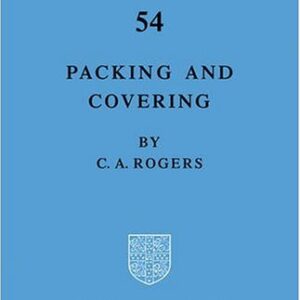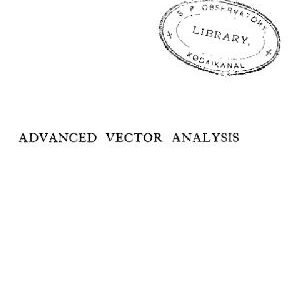This book considers the behavior of fluids in a low-gravity environment with special emphasis on application in PMD (propellant management device) systems . In the compensated gravity environment of a spacecraft, the hydrostatic pressure decreases to very low values depending on the residual acceleration, and surface tension forces become dominant. Consequently, surface tension can be used to transport and position liquids if the residual acceleration and the resulting hydrostatic pressure are small compared to the capillary pressure. One prominent application is the use of PMDs in surface-tension satellite tanks. PMDs must ensure that the tank outlet is covered with liquid whenever outflow is demanded. Furthermore, PMDs are used to ensure expulsion and refilling of tanks for liquids and gases for life support, reactants, and experiment supplies. Since most of the PMD designs are not testable on ground and thus rely on analytical or numerical concepts, this book treats three different flow problems with analytical, numerical and experimental means: the transient contour change between two static surface configurations (free surface oscillations), the capillary rise in tubes (capillary rise), and the flow through open capillary channels (choking). These problems are linked together by the same set of equations and boundary conditions which are necessary to model the fluid behavior, and by the same set of characteristic numbers.
Physics
[PDF] Free Surface Flows under Compensated Gravity Conditions Michael E. Dreyer (auth.)
$19.99

![[PDF] Free Surface Flows under Compensated Gravity Conditions Michael E. Dreyer (auth.)](https://pdfelite.com/wp-content/uploads/2024/04/6e6b2c9ca94c2e5faf8ea9c5c51db2fa-d.jpg)




Reviews
There are no reviews yet.